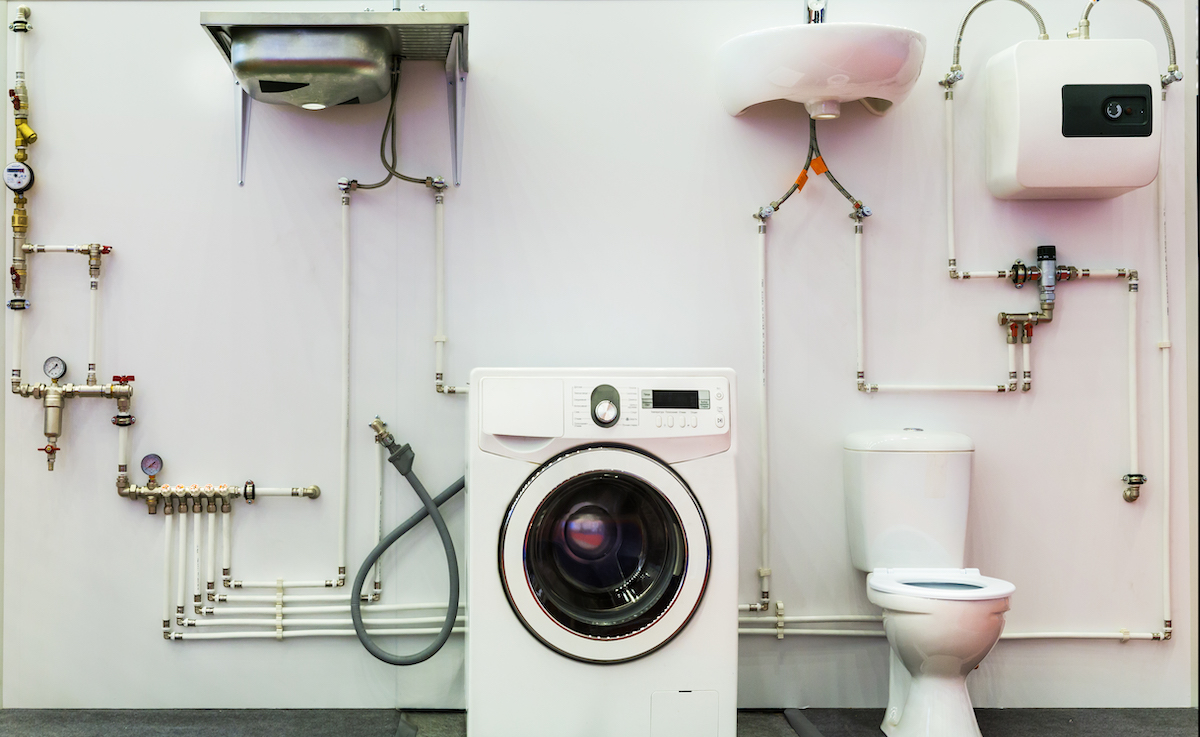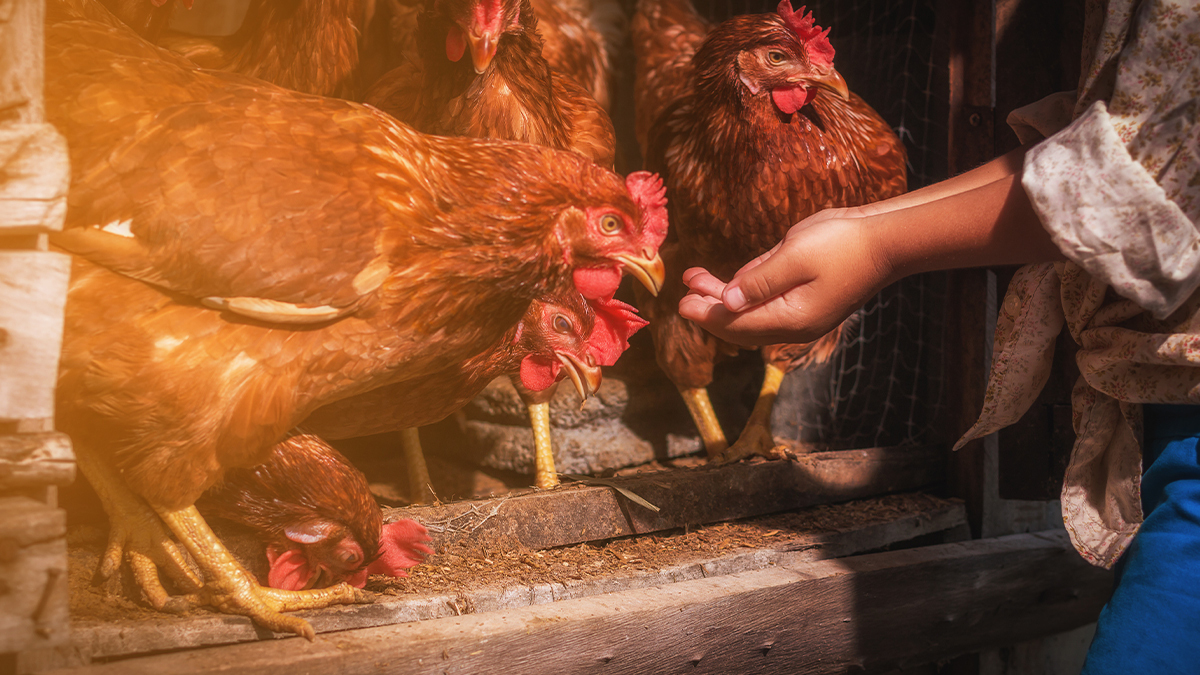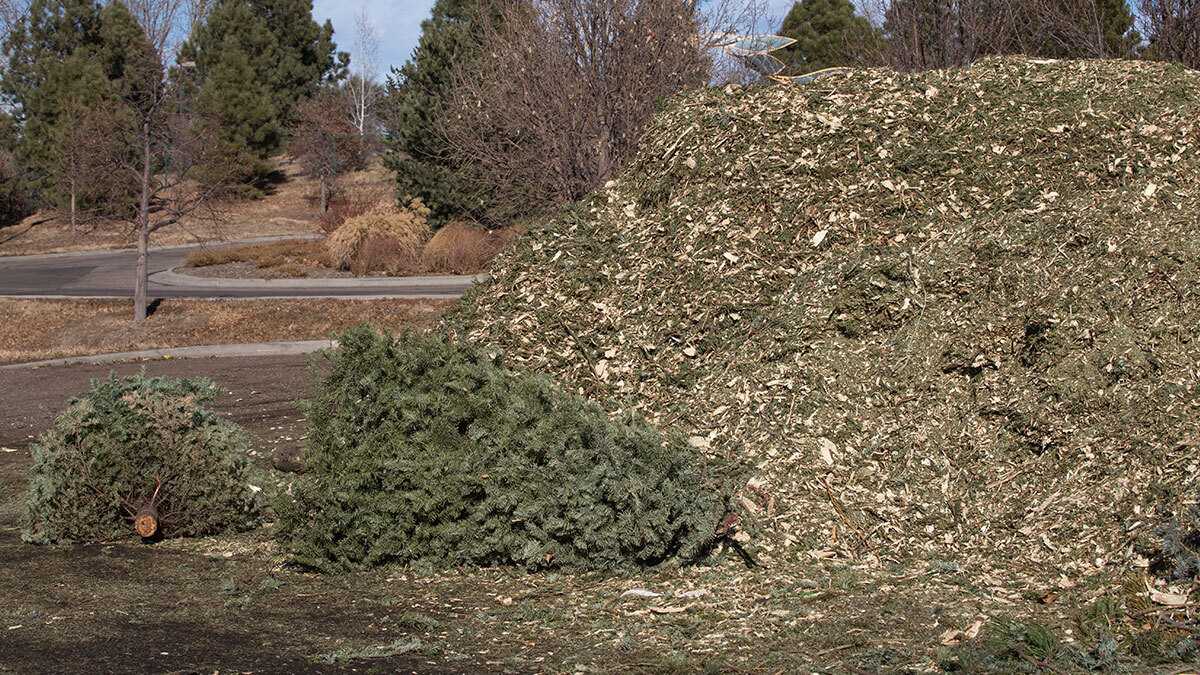on
Have you ever considered what happens to all the extra water that goes down the drains in your home?
Take a second and think about it. Do you tend to start your shower and wait to get in until the water is just the right temperature? Do you strain the water from cooked pasta noodles in a colander? Have you ever left a bottle of water half empty?
These are things we do every day without giving much thought to the water we are essentially throwing away. Don’t feel ashamed. We have all done this because our water systems are designed to take excess water down the pipes. We’ve been conditioned not to even think about it or think this water is “bad.”
But what if you live in a community experiencing a drought and have to live under strict water restrictions? What if you are an avid gardener and are forced to withhold water from your crops? What if you need to save money on your water bill? Or what if you simply want to save water to help the environment?
Find out how to creatively reuse water for each of these “what ifs.” The key is understanding what types of water to reuse and how to reuse it.
Types of Water
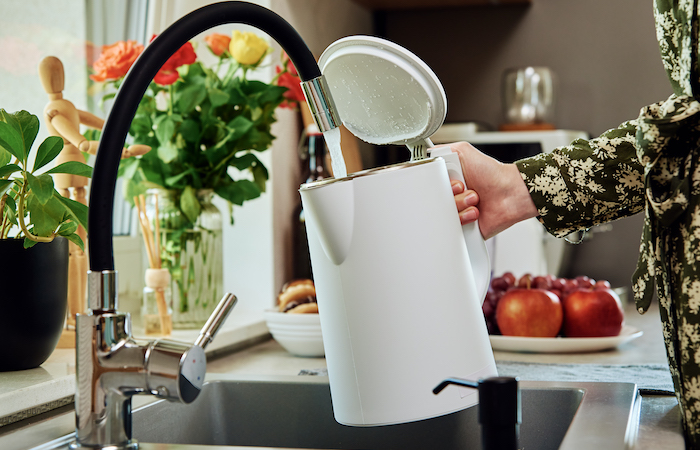
The water used in homes is broken into three different types – white water, grey water, and black water.
White water is clean, grey water is not completely clean but isn’t as harmful as black water. Black water is contaminated, such as toilet water that contains fecal matter.
White water refers to the water coming into the home from the faucets, while black water refers to the water leaving the home.
Grey water falls in between the two. It’s tap water that’s been soiled by showers, sinks, washing machines, etc. It’s not toxic, but it’s not sanitary either. Well water can also be considered grey water, depending on its quality.
Related Read: How to Get Water from Your Well When the Grid is Down
As a result, grey water can be reused for several purposes, except for human consumption. Since grey water contains possible additions “made in the acts of washing, bathing, cooking and cleaning,” it may contain contents that are unsafe for humans or pets.
Grey-Water Guidelines
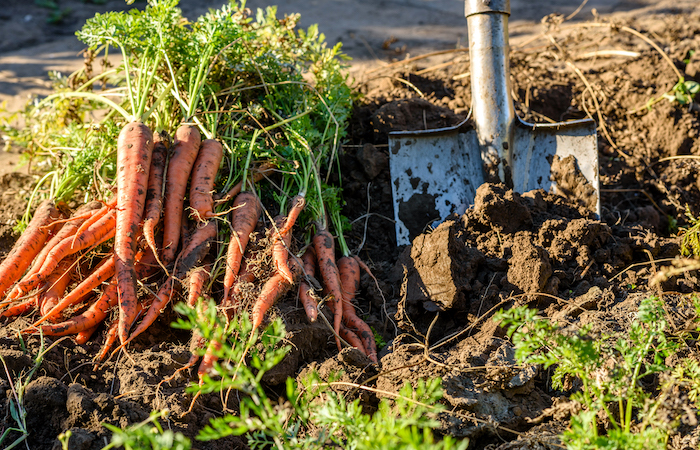
When you start thinking about how to reuse grey water, it is important to consider its purpose. For example, since grey water is unsafe for consumption, you don’t want to use it to irrigate your vegetable garden.
How Stuff Works explains, “Take care to prevent grey water from coming into contact with any fruits and vegetables due to the contamination risk (especially if the produce may be consumed raw). Fruit and nut trees are generally considered safe picks due to the distance between the ground and the food, but all other food gardens are best irrigated with white water or rain water.”
You want to be sure you avoid storing grey water for more than 24 hours. When stored longer than 24 hours, the nutrients in it will break down, and the water will start to smell.
The Water Wise Group also suggests, “Ensure that greywater soaks into the ground. Try not to allow it to pool up or run off. […] Stagnant greywater can create mosquito breeding grounds, as well as an area for potential human contact with greywater.”
Regulations Surrounding Grey Water Reuse
Before you begin to build your own grey water collection system, it is wise to consider your local laws and regulations.
According to the EPA, “EPA does not require or restrict any type of reuse. Generally, states maintain primary regulatory authority (i.e., primacy) in allocating and developing water resources. Some states have established programs to specifically address reuse, and some have incorporated water reuse into their existing programs.”
Each city, county, and state have its own rules governing grey water reuse. In addition, you have to consider building codes and zoning laws. To avoid any issues with local government, you may want to reach out to local officials before you start building a collection system.
How to Collect Grey Water
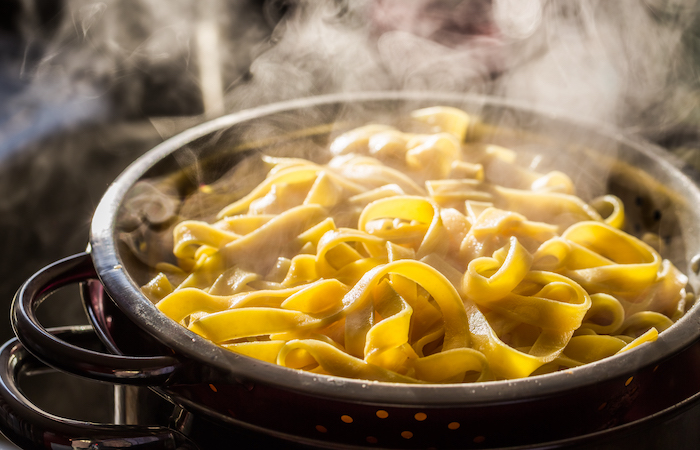
Collecting grey water for reuse can be as easy or as complicated as you want it to be. It starts by simply thinking about what happens to the water that remains after you shower, cook, and clean.
Here are some ideas to help you collect grey water.
- Place a bucket at the bottom of your shower. Use the bucket to collect the water that comes from the faucet before you shower.
- Collect ice. Toss ice cubes into your garden or your dog’s water dish.
- Save water from cooking. Place a bowl under your colander whenever you rinse vegetables, fruit, and pasta.
- Reuse dirty aquarium water. Instead of pouring out a tank full of water, reuse it safely, such as in your landscaping. Conserve Energy Future explains, “[Aquarium] water is very good for plants because it contains materials such as nitrogen, phosphorous, potassium and ammonium and other microorganisms found in soil sediments, which can act as a natural fertilizer. In doing so, however, it is advisable not to water plants with used water from saltwater aquariums as it can harm the plants due to high salt content.”
- Don’t throw out half-empty water bottles. When you have a little water lefto ver, use it for your pets or washing utensils.
- Use a rain barrel to collect roof runoff. Many municipalities offer free rain barrels to help citizens reuse water.
- Install a grey water collection system. These can be created indoors or outdoors. Indoors reuses water from showers for toilet tanks. Outdoors reuses water from washing machines and other indoor systems for outdoor irrigation.
Related Read: Rainwater Harvesting
How to Reuse
As long as you avoid using grey water for human consumption, there are many ways to reuse grey water.
Here are some suggestions for reusing grey water.
- Watering your yard.
- Watering your plants.
- Flushing the toilet.
- Washing your vehicles.
If you have a water filtering system, you can reuse your grey water in even more ways, including doing laundry.
DIY Grey Water Collection System
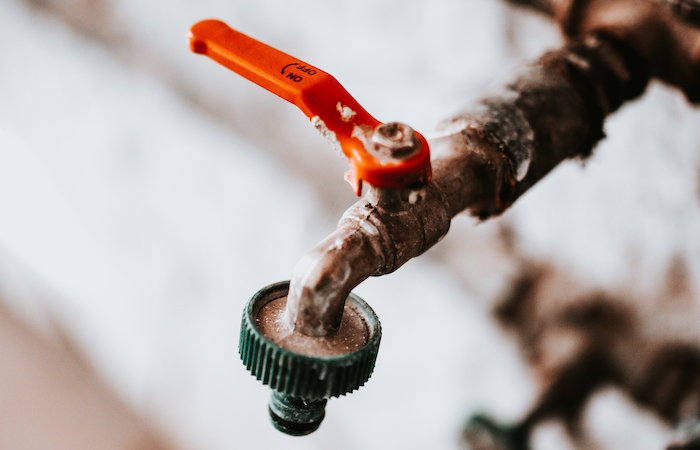
There are several different ways to build your own grey water collection system, and you can find many different instructional DIY videos on YouTube.
To give you a general idea, here is a basic plan from The Tiny Life.
- Locate all your main drain points and plan how you will tap into each
- Determine where you’re going to drain your system to
- Check that your drains are at least 5 feet higher than your destination
- Mark where you are going to bury your drain lines with spray paint
- Install a valve at each drain sources or at the main drain pipe
- Pipe from valves to exterior of home
- Dig ditches below your frost line
- Fill bottom with 6 inches of loose gravel
- Place your drain lines and perforated lines and check all connections
- Cover pipes with another 4 inches of loose gravel
- Cover gravel with landscape fabric to prevent dirt clogging lines
- Replace dirt or carry the gravel all the way to surface (best method)
If you want to install an indoor grey water collection system, you should work with a plumber. If you want an outdoor grey water collection system, consider hiring a landscaper.
Additionally, some people have been specifically trained on how to install a variety of grey water collection systems. You can find these specialists here.
Get access to premium content and more!



